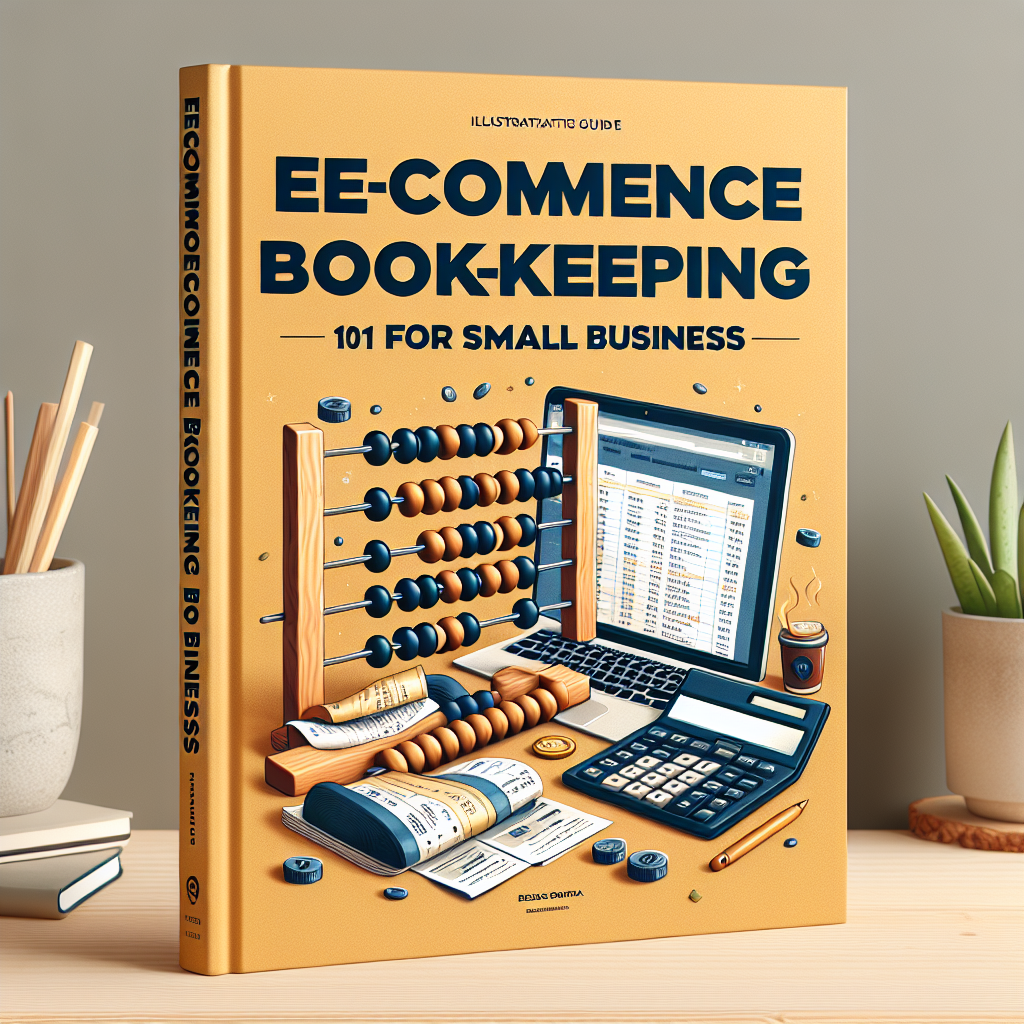Shopify Bookkeeping (in 2023) Explained: The Ultimate Guide
Are you grappling with managing your financial transactions for your Shopify-based business? We've been down that road too and found out that about 82% of small businesses fail due to poor cash flow management. Let's help you avoid falling within this statistic. This guide has all the answers, offering simple steps to implement Shopify bookkeeping successfully in 2023. Dive in, it's time to take control of your online store finances! Shopify bookkeeping is crucial for effectively managing the financial transactions of your Shopify-based business and avoiding cash flow issues that can lead to business failure. The main difference between Shopify bookkeeping and Shopify accounting is that bookkeeping focuses on recording sales, expenses, and money flow, while accounting uses these records to make strategic business plans.
Shopify Bookkeeping vs Accounting
The main difference between Shopify Bookkeeping & Shopify Accounting is that Bookkeeping is about recording all sales, expenses, money in or out. We write this info down every day. On the other hand, accounting is looking at these records to make plans for our business. An accountant might look at how much we spend on goods or how much we get from selling things. They use these numbers to help us find ways to grow our money more or cut costs where needed.
Basic Steps for Beginners
We want to help you with Shopify bookkeeping. It can seem hard at first but these simple steps will make it easy. Start by setting up a separate bank account for your Shopify store. This keeps your business money and personal money apart. Next, add your products to the store. Note down the cost of each item. You need to record every sale you make on Shopify. Keep track of what product was sold, who bought it, and how much they paid. Don't forget about expenses! Record all costs like shipping fees or buying more stock. At the end of each week or month, add up all your sales and expenses. This is how much money you made or lost. Finally, spend time reading reports in Shopify. They show useful info about how well your store is doing.
Choosing the Right Software
To effectively manage your Shopify bookkeeping, it's crucial to choose the right software. Look for Shopify accounting software that has been designed with Shopify businesses in mind. This will help you streamline your bookkeeping process and ensure accuracy in tracking sales, expenses, and inventory. Consider features like automated data syncing with your Shopify store, integration with other business tools, and reporting capabilities. Compare different options and read reviews to find the best software that meets your needs. Taking the time to choose the right software will make your Shopify bookkeeping more efficient and less time-consuming in the long run.
Automating the Process with Link My Books
To make Shopify bookkeeping easier and more efficient, you can automate the process using Link My Books. Link My Books is a software that integrates with Shopify and helps streamline your bookkeeping tasks. With Link My Books, you can automatically import your sales data, track expenses, and reconcile transactions without the need for manual entry. This saves you time and reduces the risk of errors in your financial records. By automating your Shopify bookkeeping with Link My Books, you can focus on growing your eCommerce business while staying on top of your finances effortlessly.
What Should You Be Accounting For with Shopify?
Sales & Refunds
If you’re VAT registered then you will need to be accounting for your sales revenue split out by destination and also by tax rate.
You should account for sales to customers in the UK separately to sales to customers outside the UK. This is because they incur different VAT rates.
Sales to the UK will typically incur 20% VAT, whereas sales outside the UK are classed as exports and are usually zero rated. If you’re selling any products that are zero rated or reduced rated then those will also need to be separated out.
Fees
Shopify charges a monthly fee for using their platform plus payment processing fees and sometimes you’ll also be billed for other things like installed apps through Shopify too. You’ll need to account for these fees and ensure that you apply the correct VAT rates too.
Cost of Goods Sold
The next piece of the puzzle is Cost of Goods Sold or COGS for short. Your gross profit is calculated as: Total Revenue - Cost Of Goods Sold = Gross Profit. For each item you sold you need to account for the purchase price of that item that you paid. It’s important to note that there are two main ways of accounting for COGS:
- Option 1: As you purchase inventory, you account for it directly as a cost of goods sold. This is easy but renders your monthly profit and loss reports inaccurate.
- Option 2: As you purchase inventory, you account for it in an inventory asset account which appears on your balance sheet rather than your profit and loss report.
Which Reports to Use from Shopify
If you’re wanting to do all of this manually then you’ll need to know what data to use and where to get it from. Shopify does have some pretty good reports that we can use.
The Best Accounting Software for Shopify Bookkeeping
When it comes to Shopify bookkeeping, two top contenders for the Shopify best accounting software are Xero and QuickBooks Online. Xero is one of the best accounting software options for Shopify bookkeeping. It's popular among accountants, eCommerce businesses, and Shopify users because it provides a range of features to streamline financial management. QuickBooks Online is one of the best accounting software options for Shopify bookkeeping. It helps streamline financial management by automating various bookkeeping tasks.
How to Choose the Best Shopify Bookkeeping Software
When choosing the best Shopify bookkeeping software, consider the features and criteria that are important for your business needs, such as integration with Shopify and a user-friendly interface. Integration with Shopify is crucial for seamless data transfer between platforms. Having a user-friendly interface is crucial when choosing accounting software for your Shopify business. It makes it easier for accountants, eCommerce businesses, and Shopify eCommerce users to navigate through the software without any hassle.


.png)
-explained:-the-ultimate-....png)